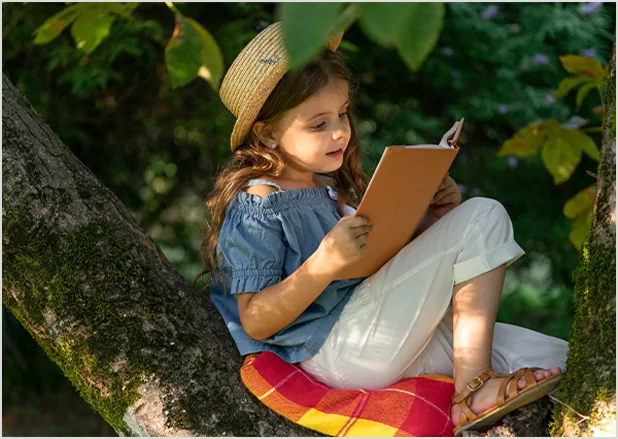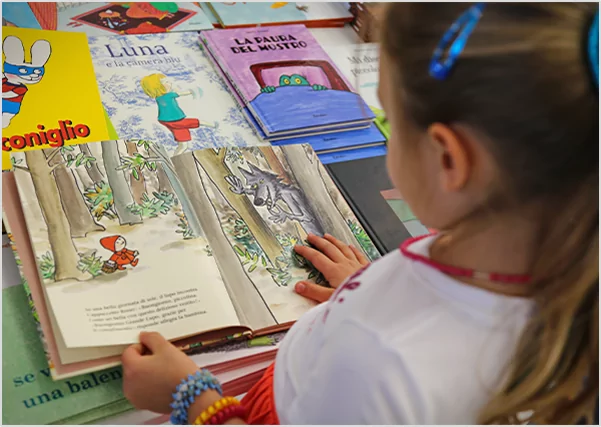

Big publishers and magazines routinely recognize the outstanding work of authors who hire our skilled editors for children's books of all ages.








Children's book editing is not the same as editing any other type of book. Everything must be viewed through the eyes of a youngster. Although the world appears to be a lot more intriguing as an adult, it is a test of the writer's creative imagination and comprehension of youngsters of that age range. We give children's psychology specialists with the literary knowledge required to transform an ordinary book into a popular reader's pick. Let's chat about your present project and see what we can do to improve it.
Years of Experience
Books Written
American Writers

Bring your book from the rear to the front of the shelves.
A children's book can refer to anything from a picture book to an academic textbook. Every category has focuses that are diametrically opposed. Our children's book editing staff is divided into experts in each category who are experts in their field.

We will edit your words to make the book more appealing to the appropriate age range. We also offer advice on the creation of literature for young adults and fiction. Your book must strike the target on all of the concepts that are significant to the targeted age range. Here, you may hire a professional children's book editor to acquire advice that will customize and transform an otherwise boring book into an exciting sensation among youngsters.
Ghostbookwriters provides specialized children's book editorial services in the following areas:
Fill out a small form on this page to reserve your spot on the schedule. It will just take you five minutes of your valuable time.
When we receive the form, one of our friendly project managers will call you right away to gather all of the necessary information about your book.
Based on the information you've provided, an editor from our children's book editing team will be assigned to your book.
The chosen editor scrutinizes your manuscript and meticulously deconstructs all of its aspects.
The editor delivers you an altered version of your manuscript via the "Track Changes" function, along with detailed guidelines and rewriting recommendations where necessary.
Only when both you and our editor have approved the book is it sent for proofreading for a final polish before it is published.
Bring your book from the rear to the front of the shelves.
First of all, know your audience and which age group they belong to. Then using that as a filter on your brain, go through the book from the beginning to end, making the following changes where required:
You can find excellent editing services on the internet. A quick internet search can get you a ton of options. Almost every one of those options will have a working process. Let go of the ones who don’t. Out of the ones who do, find the one that works best for you.
Talk to a few of them, find out if they can communicate well, whether they understand your requirements, and how much they charge. Through communication, you can discover a lot about how professional they are and how good they’re likely to turn out to be.
Do not be reluctant to spend some extra bucks if a service seems a little more expensive than the other. See how much value they’re offering you for your money. Then select the one who provides the most value, not necessarily the cheapest one.
Children’s books ideally offer a valuable lesson for them. But you want to make them believe that the lesson is worth caring about. In order for them to care about it, you need a conflict over something that children of that age group care about in general. Tie that conflict with the lesson and work backward to devise a plot for your book. Write down the plot on a single page (not more than that), and you should be able to see if it’s plausible or not.
Observe the children around and see what they focus on, how they talk, what things attract them in a room full of objects, what affects them, what they do not care about at all, etc.
Examine other books of that age-group and see which ones are selling and which ones aren’t. Take direct reviews from the end-users. Children can be refreshingly blunt and honest about their opinions. Talk to them to see what they like about their favourite book, and then try to listen to the message hidden in their answer. Lastly, when you do get an idea, do not spend too much time worrying if it’s going to work or not. Just start writing. A professional children’s book editor can help you turn the raw manuscript into a refined book that works in the end.
